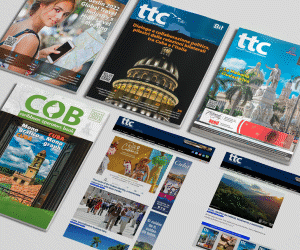Dr. C. José Enrique Salgado Febles,
Associate Professor, Faculty of Tourism, University of Havana
The World Travel Market is supposed to be the starting point for a more profound reactivation of travel and tourism after a year of COVID-19 pandemic.
Before the travel stoppage in the spring of 2020, the concepts of Smart Cities (SC) and Smart Destinations (SD) had advanced a lot in response to the accelerated development of new information and communication technologies (ICT) and especially the internet.
More and more citizens, and travelers or tourists use different devices to access the network, especially their smartphones, to be permanently informed about the activities, the environment, the weather, the transportation or the attractions of the destination and what it offers, booking and buying online, and with a tendency to share their experiences, including those of their trips, and opinions of all kinds on social networks.
The pandemic has impacted normal life and also influences how we will approach travel and tourism from now on. We can point out four main aspects.
Smart
During this time, we have all increased the use in daily life of technologies and the network. Progress has been made in the use of e-commerce, streaming, remote work, events and virtual meetings to figures that were thought would only be reached 5 or 10 years later.
These minimum conditions await visitors, backed by an intensive use of technologies that guarantee the majority of payments and documentation without physical contact with the personnel of airports, ports, hotels, accommodations and in the different points and attractions, with an intelligent model that provides constant information to tourists in order to make their visit easier and that, at the same time, fosters safe human contact.
Safe and healthy
This is an issue that has always been among the main elements in smart cities and destinations, but in these times it has gained significance. A successful destination must now add more intense conditions and protocols to the traditional safety to preserve the health of its visitors and avoid transmission, have a high level of immunization through vaccination and exhibit an adequate health system and a good hospital network.
Sustainable
Despite the stoppage of many activities, energy consumption has increased. Cities consume a large part of the world’s energy supply and are responsible for approximately 70% of global energy-derived greenhouse gas emissions, which absorb heat and cause global warming.1 Although these numbers have dropped during the time of the pandemic, a new peak is expected with the rebound in travel and activity.
Therefore, electric vehicles are welcome, as well as the generation of clean energies, and the reduction of the “carbon footprint” of travel-related activities, replacing short bus trips for walking or cycling, changing 1-3-hour flights for travel by train, etc.
On the other hand, confinement has shown the importance of a healthy lifestyle, nature and the outdoors in the emotional well-being of citizens, even more so in the case of tourists who demand more rural, ecological tourism, as well as the existence of more green areas and open spaces for the enjoyment of the family.
Boosting Smart Tourist Destinations
As of 2022 the Travel and Tourism sector worldwide will not stop growing. New airports, aircraft, cruise ships and greater coverage of vaccines worldwide suggest that the 2019 levels will be reached sooner rather than later.
A Smart Tourist Destination- STD
It is innovative, consolidated on a cutting-edge technological infrastructure, which guarantees the sustainable development of the tourist destination, accessible to all, which facilitates the interaction and integration of visitors in the environment and increases the quality of their experience in the destination, with total safety and with conditions of total guarantee for the health of travelers and visitors.
It also seeks to improve the quality and sustainability of life for visitors and residents, and involves a very intensive use of new technologies, especially ICT, to ensure the efficiency of processes by reducing physical contact to avoid the transmission of diseases.
And it will not only be leisure. Global business travel spending for the years 2017-2018 was one the fastest growing. And despite a slight moderation between 2019-2021 with the impact of the pandemic, it is forecast to reach $1.7 trillion by 2022.2 This, as the UN and other organizations have already pointed out, generates a larger “carbon footprint.”

MORE NEWS











